

Hi! My name is Jude and I work at NASA's Goddard Space Flight Center, Maryland, USA. This is where the SOHO spacecraft is operated, and I get to play with the latest solar data.
You may have read that the centre of the Sun loses 4 million tonnes of material every second as it uses up fuel to make energy. But did you know it also looses about 4 million tonnes every second from its atmosphere?
So what? The Sun has plenty of atmosphere. It's not going to run out while I'm alive. TRUE, but do you ever lie awake at night wondering if all those tonnes of gas have any effect on you while you're living (or sleeping) on Earth?
I'm going to tell you about the link between coronal holes, the solar wind and Earth. I guess you know what the Earth is and the others names are pretty descriptive - coronal holes are dark, hole-like regions on the Sun we see in X-ray X-ray photographs of the Sun show only the hot gas in the Sun's atmosphere. The solar wind is, well, a wind blowing out from the Sun.
Of course, if that were all there was to say there wouldn't be much point in continuing, so let's dive in and find out a little more.
Why are coronal holes dark? Well, there isn't much gas there - it's all gone! Coronal holes are found at the north and south poles of the Sun, where the magnetic field lines are open. Place your mouse pointer over YES to see the coronal hole outlined.
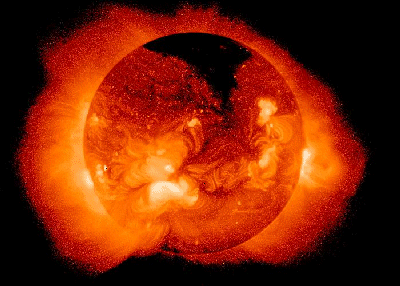
Now, how does all this relate to the solar wind? Well, coronal holes are the source of most of the solar wind found in space. This is known as the "fast" solar wind. It is a stream of particles flowing from the Sun at speeds around 800km/s. That is nearly 2 million mph!
Fortunately, you would never feel this wind if you were standing in it because it is made up almost entirely of charged hydrogen particles. It also contains small amounts of helium, iron and many other elements.
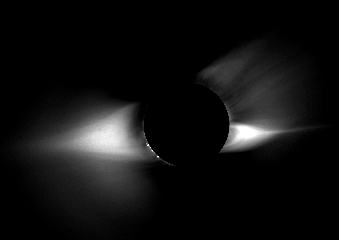
So, if there is a "fast" solar wind, there must be a "slow" solar wind, right? Correct! The slow solar wind flows at speeds around 400km/s (nearly 1 million mph!! Not so slow, really). Where the "slow" solar wind comes from is one of the hotly debated topics. It might come from the edges of coronal holes, or from the "closed" regions on the Sun, such as streamers . Streamers are bright regions which look like helmets or pointy hats on the Sun. You can see them in this picture, place your mouse pointer over the blue word streamer.
Here is a plot of the solar wind speed measured by the Ulysses (*LINK*) spacecraft. Can you tell me when in December 1992 the wind was slowest (below 400 km/s)? To find the answer place your mouse pointer over the green answer.
We can't measure the solar wind directly on Earth. This is because we have a shield protecting us. This shield is the Earth's own magnetic field. It deflects the solar wind away from the Earth. However, sometimes the solar wind can sneak in at the Earth's poles. This is what causes the Northern and Southern Lights, otherwise known as aurora
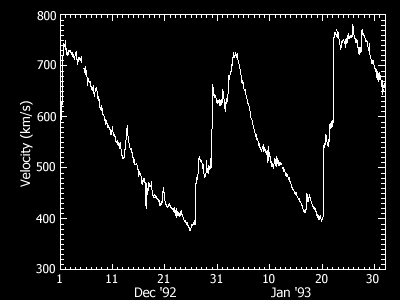
So, why study coronal holes and the solar wind? Well, for a start, I want to know how coronal holes form, why they are less dense than the rest of the Sun's atmosphere, and how the solar wind gets accelerated to such high speeds!
Let's first take a look at the magnetic field of the Sun.
The Sun is just like a large bar magnet. At the poles you can see that the magnetic "field lines" don't seem to have an end. We call these "open field lines." The ones which start and end on the Sun's surface are called "closed field lines". Coronal holes are found where there are large regions of these so-called open field lines, that is at the poles of the Sun. Place your mouse pointer over the green words to see the open and closed fields.
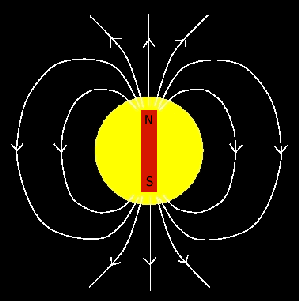
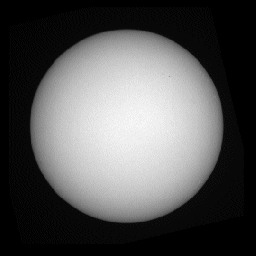
By looking at the Sun in different wavelengths (move the cursor over the bar below the image on the left), such as infrared, ultraviolet and X-rays, we can see the temperature at which coronal holes become visible. Coronal holes can be seen in pictures of the Sun which show the hot gas in the corona. They are not visible in the cooler gases from lower in the solar atmosphere. This means the gas in the solar wind is flowing from the solar corona, so we see a hole where the corona is almost empty.
The simple answer is no! Coronal holes come in all shapes and sizes, and locations. Whilst they are mostly found covering the poles of the Sun, they also appear elsewhere. Their shape and size changes with time over weeks and months. They can be round or long and thin. Usually, they are irregularly shaped, following the outline of the open magnetic field region. In comparison to the Earth, coronal holes are huge. Of course, the Sun is huge, it is one hundred times the size of the Earth. Even a small coronal hole covers an area 100 times the entire surface of the Earth. The polar coronal holes can cover up to 10,000 times that area. You see, the Earth is quite small in astronomical terms!
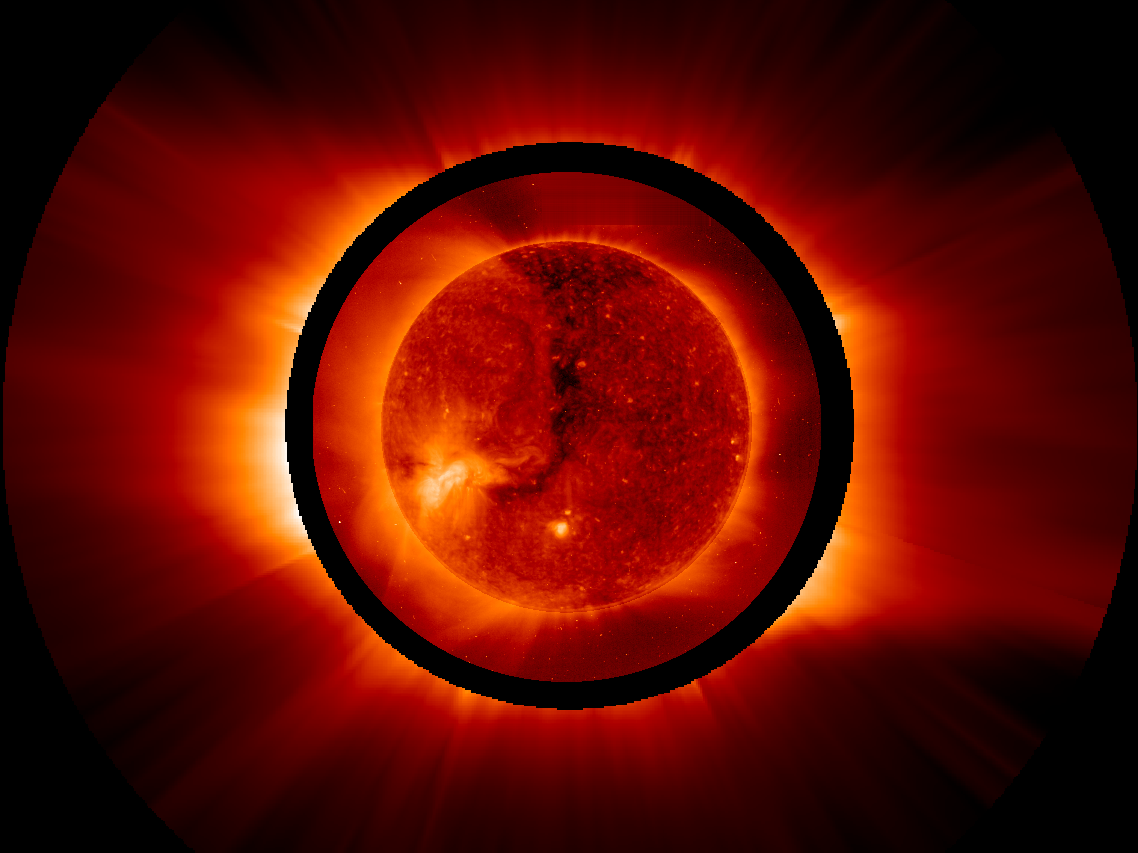
Here is a really impressive picture from SOHO, well actually it's a bit of a cheat because it's two images, one from EIT (inside the dark ring) showing the hot corona and one from UVCS (outside the dark ring) showing the streamers. What I want you to notice is the dark coronal hole which stretches all the way down from the north pole past the equatorial region. This was called the elephant's trunk, can you see why? Even scientists like to have a joke or two sometimes.
The corona is so hot that the Sun's gravity cannot hold all of it back. Some of the plasma escapes and flows outwards. This is the solar wind. The speed of the wind is related to the temperature of the corona, which is about 1-2 million degrees. How the solar wind is accelerated to speeds of up to 800km/s is still not fully understood. We believe it happens within a few thousand miles of the Sun's surface, and it is very hard to observe what's going on there.

Here's an image of the Sun obtained with SOHO in the ultraviolet. The small rectangle shows a part of the coronal hole region. The red and blue represent the speeds at which the gas (at a temperature of 800,000 degrees) is flow in different parts of the coronal hole. Blue means that the gas is flowing towards us (away from the surface of the Sun) out into the solar wind, at about 10 km/s, and red means that it is flowing away from us.


|